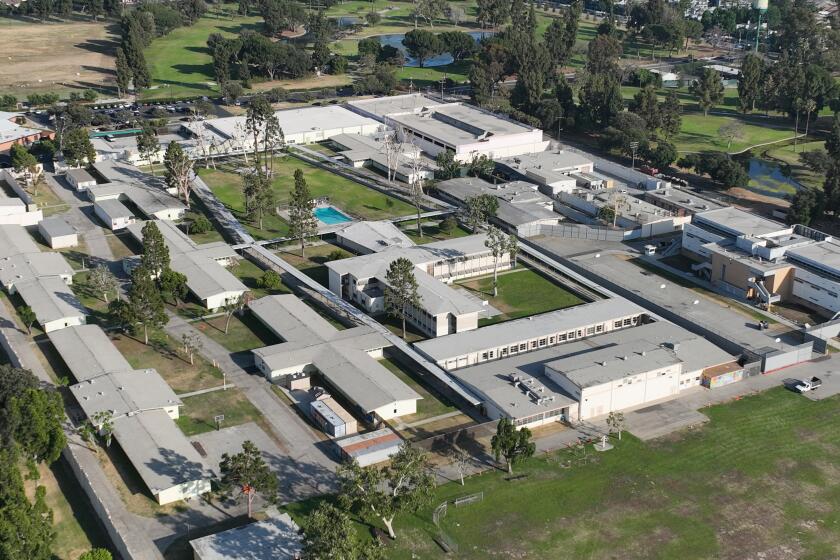HOW TO GET A STOP SIGN ON YOUR STREET : THE NUMBERS
- Share via
The Los Angeles County Department of Public Works last year received 92 requests a month for safety improvements to streets or at intersections. Although some were not for specific remedies--such as installation of traffic lights or stop signs, or for painting or a curb--140 of the requests pinpointed stop signs.
Responding to those requests, the department performed 1,000 traffic investigations during 1987.
The investigations led to the installation of 236 stop signs at 161 intersections (with up to four signs placed at an intersection).
THE PROCEDURES
Submit a letter of request to: T.A. Tidemanson, Director of Public Works, Box 1460, Alhambra, CA 91802-1460, Attn.: Traffic and Lighting Division
Expect a reponse in about 10 days on whether the county will study the intersection in question. If the intersection has been studied previously and turned down for a stop sign, you will be told the reason for the decision.
If a study is made, it will take six to eight weeks, and the traffic problem at the intersection will be measured against criteria in the California State Traffic Manual, which include the volume and speed of vehicles, the accident history, the probability of vehicles arriving at an intersection at the same time and the availability of safe crossing opportunities.
If a stop sign is ruled not warranted, an explanation will be given to those who requested the sign.
If a stop sign is warranted, the results of the study are submitted to the Board of Supervisors for approval.
AVERAGE WAIT
For a 4-way stop sign, from first request to installation: 90 days.
SOME CONDITIONS WARRANTING A STOP SIGN
Where traffic signals are urgently needed and a four-way stop sign can control traffic while arrangements are made for the signal installation.
When there is an accident problem, as indicated by five or more reported accidents in a 12-month period that likely could have been prevented by stop signs. These include right-angle and left-turn collisions at intersections.
Where there is substantial traffic; specifically, when at least 500 vehicles per hour enter the intersection over an eight-hour period on an average day.
When vehicles are delayed at least 30 seconds during the peak period because of heavy vehicular and pedestrian traffic.
Source: L.A. County Department of Public Works and the California State Traffic Manual.
More to Read
Sign up for Essential California
The most important California stories and recommendations in your inbox every morning.
You may occasionally receive promotional content from the Los Angeles Times.













